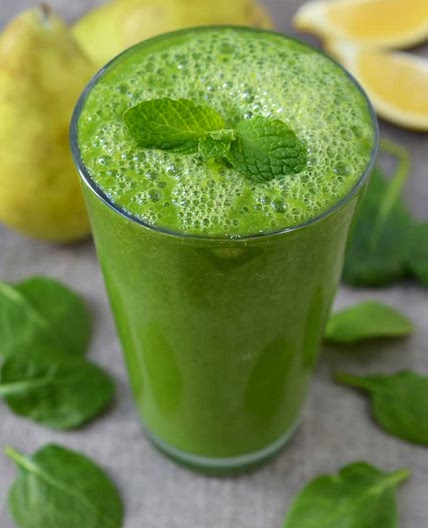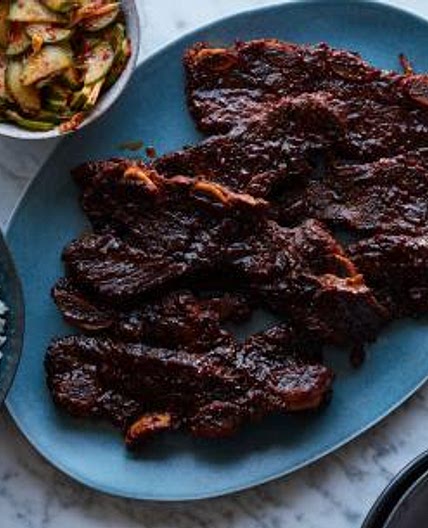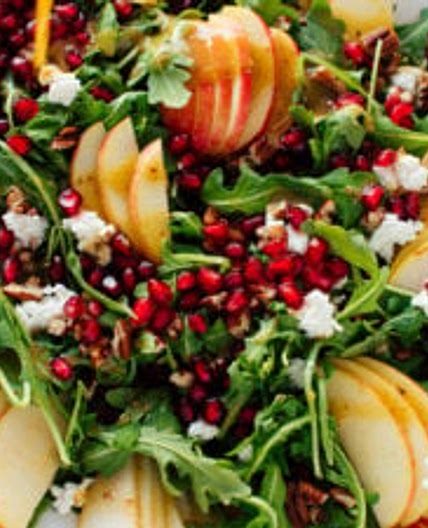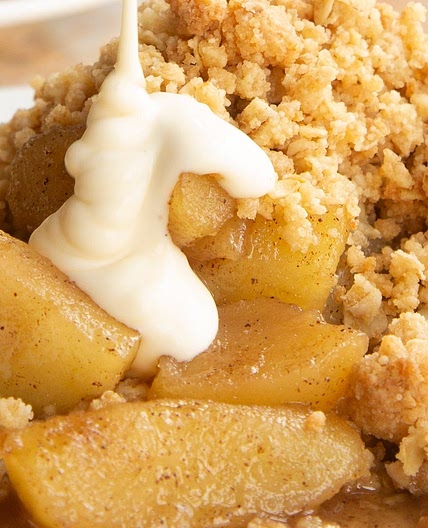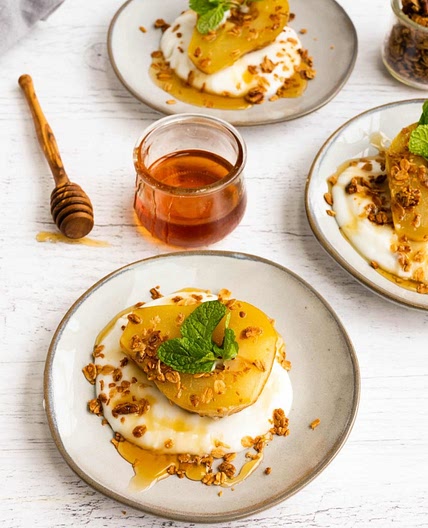Pear
 Fridge
FridgeFragrant, floral, and sweet—pears are a nutritious and delicious fruit. Easy to recognize by their bell-like shape, pears are soft, juicy, and full of flavor. The fruit comes from a pear tree, which belongs to the rose family. These are a family of flowering plants that produce edible fruits like pears, apples, apricots, strawberries, and many other fruit favorites. Although originally discovered in China, the U.S. is one of the largest producers of pears today. Most pears in the U.S. are grown in Oregon and Washington since pears are best grown in a temperate and cool climate. There are over 3,000 types of pears. Some of the most popular pear varieties include Bartlett, Anjou, Bosc, Comice, Forelle, Seckel, and Starkrimson. Depending on the variety, pears can range in color from light green to yellow to red or somewhere in between. Pears make for a healthy snack with plenty of vitamin C, vitamin K, folate, potassium, and antioxidants. One medium-sized pear has about 100 calories and is a rich source of fiber with about 6 grams per serving, helping to promote gut health. With high amounts of water and fiber, eating pears will help you feel full for longer, making them a great option for those looking to lose weight. When selecting pears at the grocery store, look for pears that are firm with no bruises or cuts. Pears ripen after they are picked, so it’s best to choose pears that are not yet ripe, and instead, let them ripen at home. Keep unripened pears at room temperature where they’ll ripen in a couple days and last for about a week. Once they’re ripe, you can extend their shelf life by keeping them in the refrigerator for a few more days. When you’re ready to enjoy your pear, gently scrub it under water to remove any dirt. Then, simply take a bite, or if you’re preparing it for a recipe, you can cut it into cubes or wedges. To cut a pear into cubes, start by cutting it in half lengthwise, cut around the core and discard it, then cut the remaining pieces into cubes. You can also use a similar method to slice a pear into wedges. Simply slice the pear once you’ve cut it in half, avoiding the core and discarding it. Like most fruit, pears are an excellent fruit to eat on their own, but they’re also great for baking, paired with yogurt or oatmeal, or enjoyed with a delicious piece of brie.
Pear nutrition and vitamin info per 100g
| Energy | 57.119998931884766 | kcal |
| Total Fat | 0.14000000059604645 | g |
| Carbohydrate Total | 15.229999542236328 | g |
| Sugars | 9.75 | g |
| Protein | 0.36000001430511475 | g |
| Sodium | 1 | mg |
| Fiber | 3.0999999046325684 | g |
628 recipes to cook with Pear
Pear substitutes
- Regular substitute
